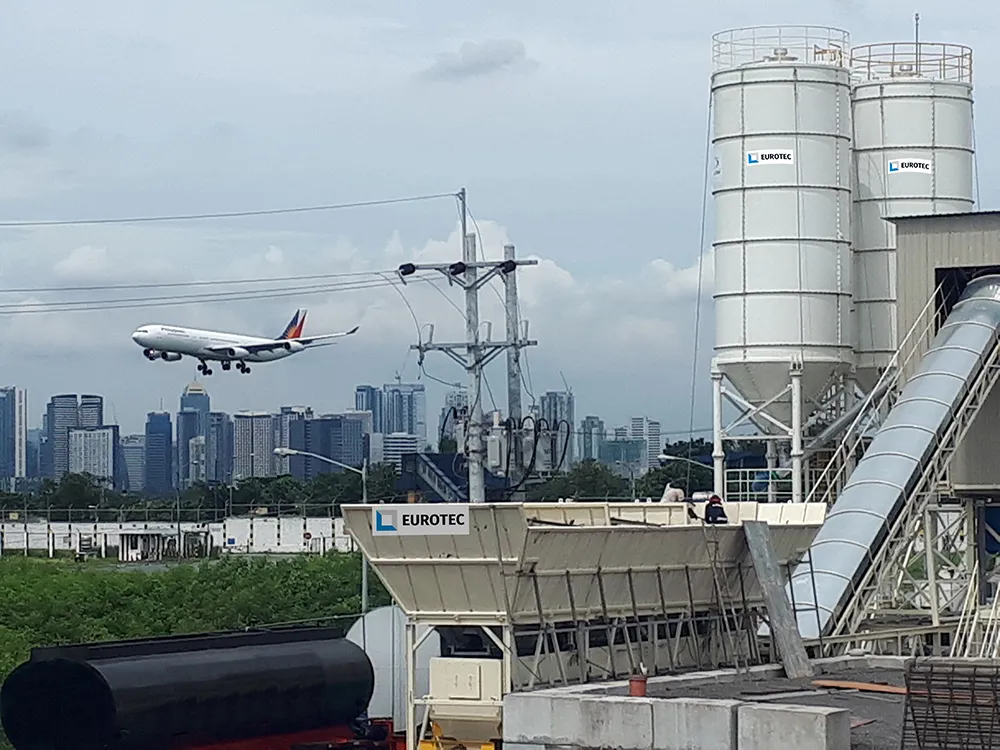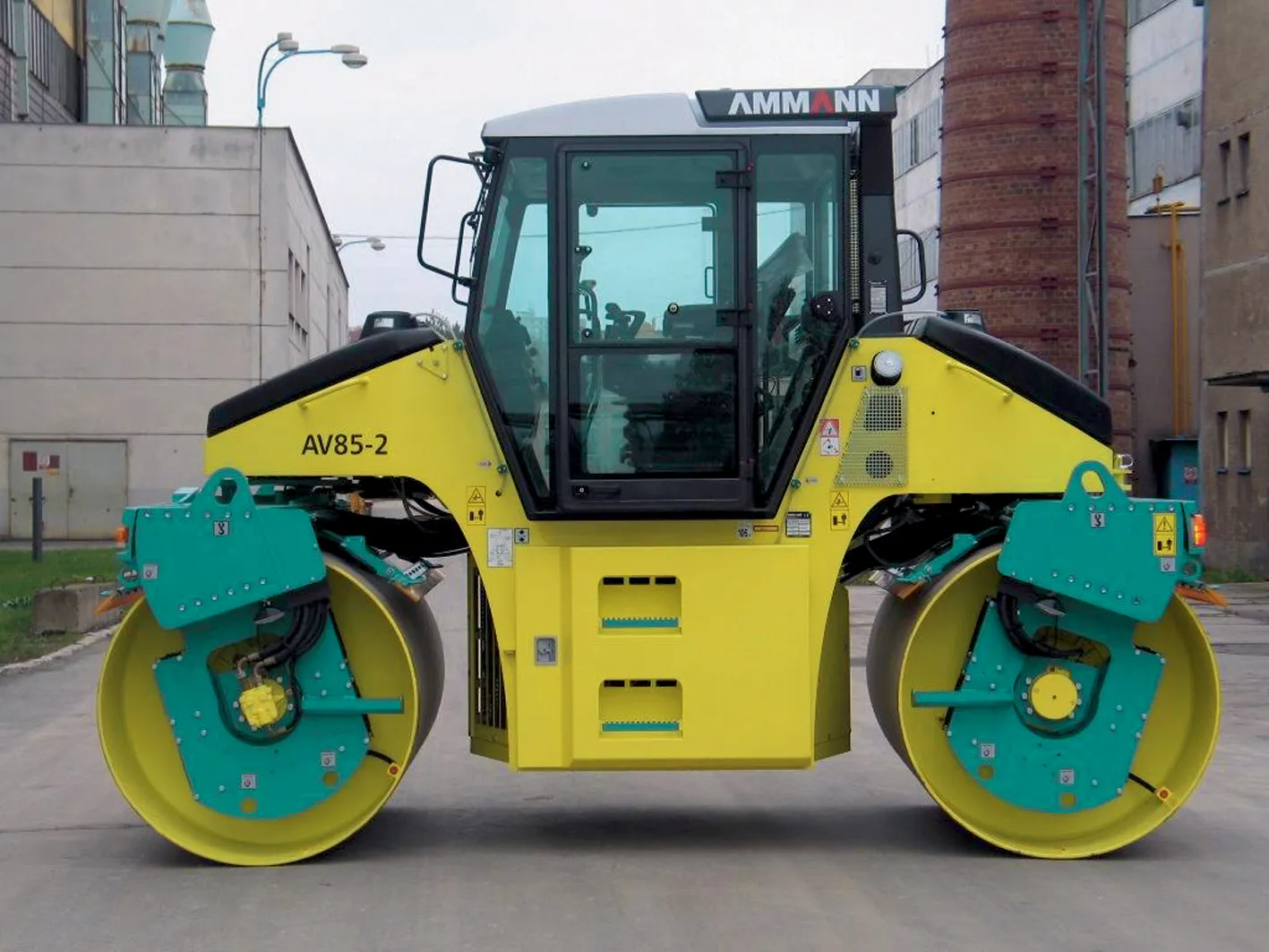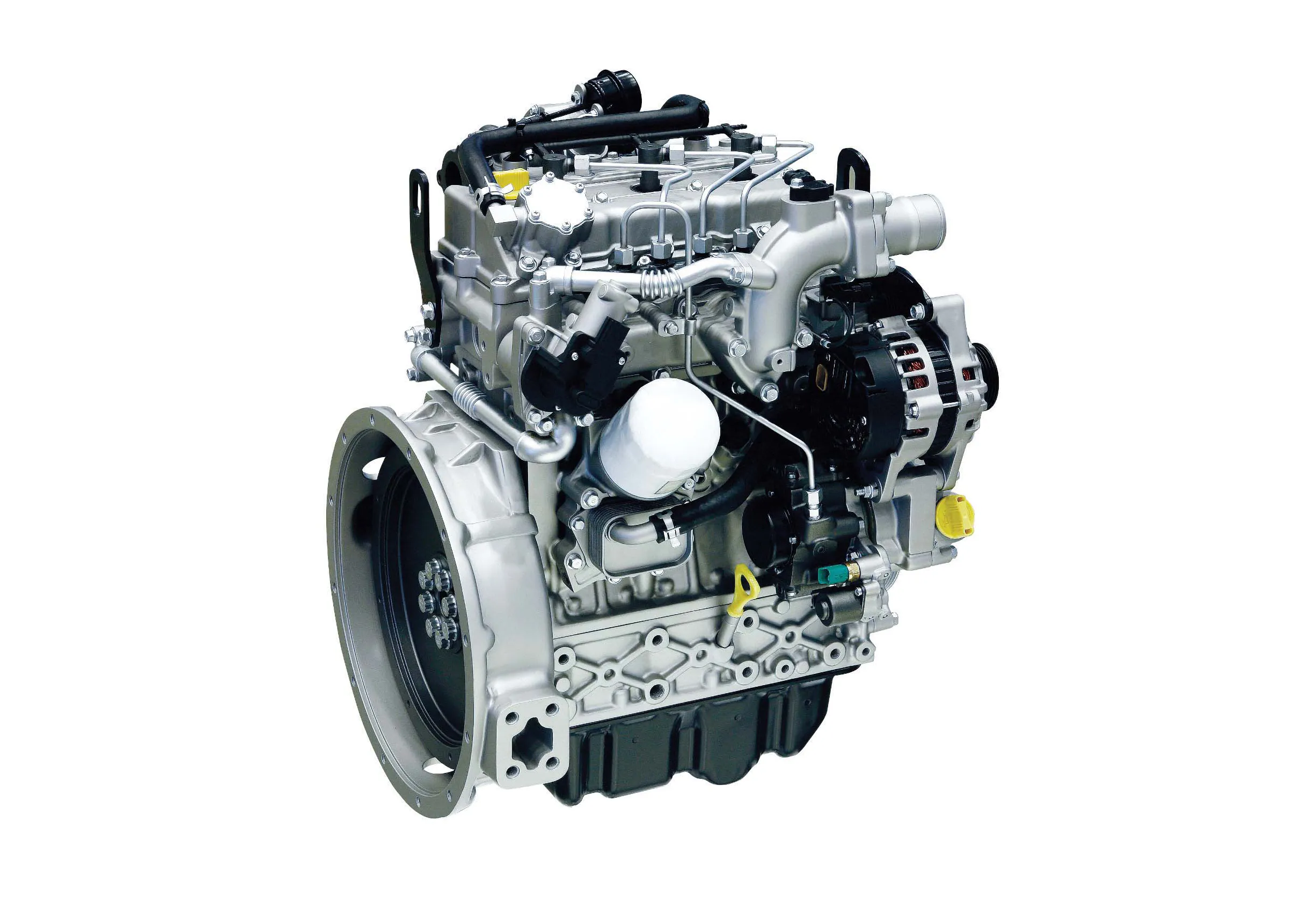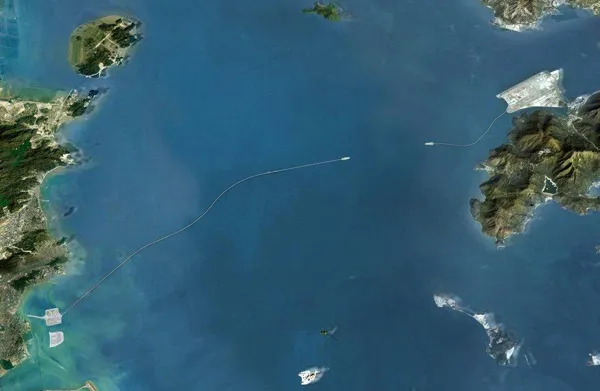Shantui is supplying a major export order for hydrostatic bulldozers to the Philippines in a key move
Shantui recently completed its first bulk export of hydrostatic bulldozers, delivering them to the Philippines. The shipment included 27 units of the 75kW class hydrostatic SD10YE and 51 units of the 97kW SD13-2. This is the first time a large number of hydrostatic bulldozers were shipped by Shantui as a bulk order. The equipment is to be used by the Philippines customer on a large-scale infrastructure d
June 10, 2015
Read time: 2 mins
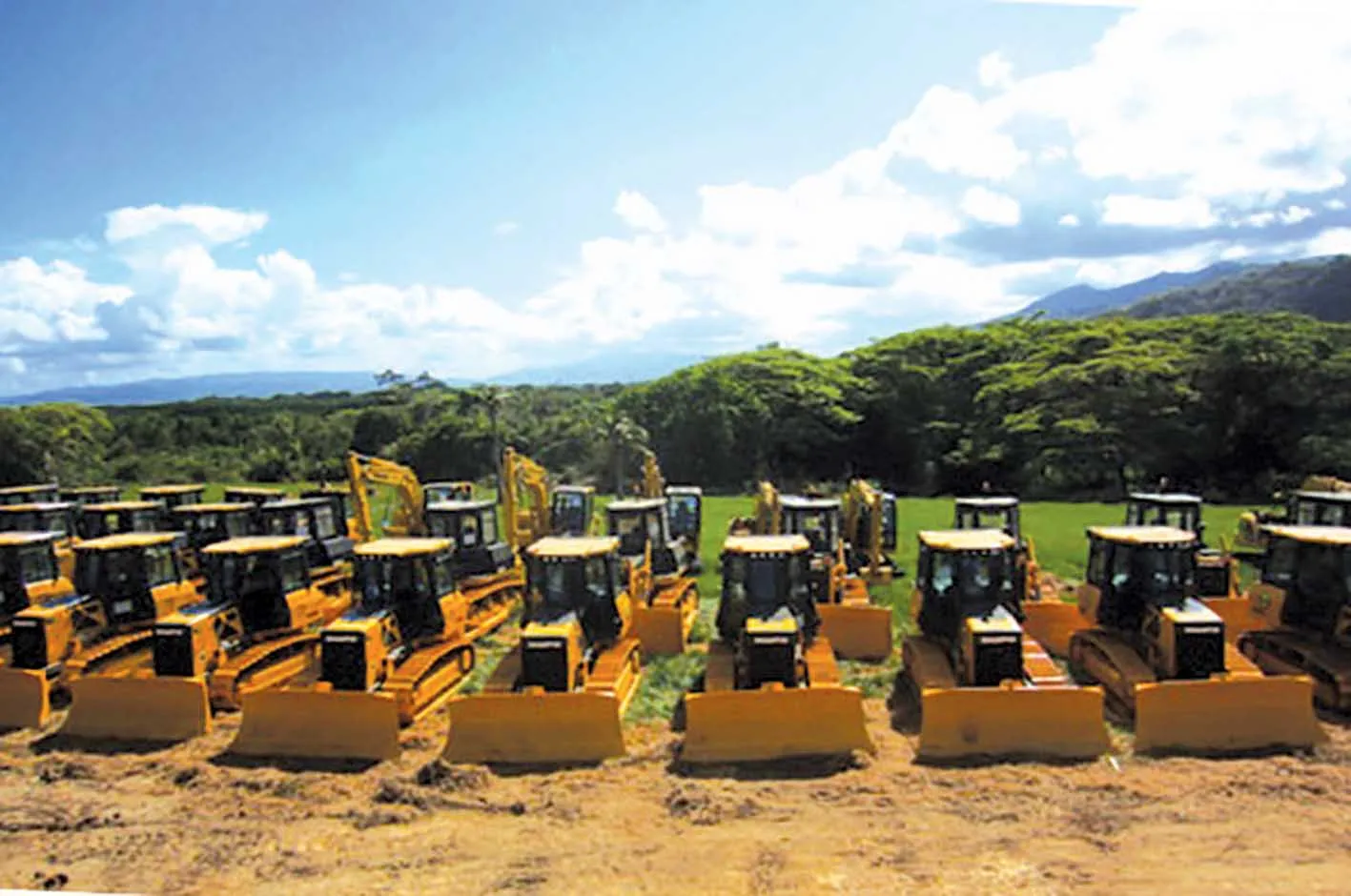
Shantui is supplying a major export order for hydrostatic bulldozers to the Philippines in a key move
1171 Shantui recently completed its first bulk export of hydrostatic bulldozers, delivering them to the Philippines. The shipment included 27 units of the 75kW class hydrostatic SD10YE and 51 units of the 97kW SD13-2. This is the first time a large number of hydrostatic bulldozers were shipped by Shantui as a bulk order. The equipment is to be used by the Philippines customer on a large-scale infrastructure development project.
So as to ensure that the machines operate properly, and to provide the customer with Shantui’s trademark value, a full-time service representative was assigned to manage the order. Shantui technicians travelled to the customer’s location to provide on-site service training and machine operation instruction, and will remain on standby at the Shantui Singapore Subsidiary Company to provide extended service support. Shantui is also providing service training to its local distributor, strengthening its ties to the local market.
This sale marks a milestone for both Shantui’s product development and performance in overseas markets. The SD10YE hydrostatic bulldozer is the result of years of market research and intensive product development. The SD10YE was designed according to consumer demand from developed markets by Shantui’s R&D Center. Utilising Rexroth hydraulics, the SD10YE is said to offer much lower energy consumption compared to similar models from competitors. The machine is also offered in versions that meet Stage IIIB/Tier 4 Interim emissions standards. The machine is quickly gaining popularity worldwide, having recently achieved sales in the United States and Europe, and is now making headway in Southeast Asia.
So as to ensure that the machines operate properly, and to provide the customer with Shantui’s trademark value, a full-time service representative was assigned to manage the order. Shantui technicians travelled to the customer’s location to provide on-site service training and machine operation instruction, and will remain on standby at the Shantui Singapore Subsidiary Company to provide extended service support. Shantui is also providing service training to its local distributor, strengthening its ties to the local market.
This sale marks a milestone for both Shantui’s product development and performance in overseas markets. The SD10YE hydrostatic bulldozer is the result of years of market research and intensive product development. The SD10YE was designed according to consumer demand from developed markets by Shantui’s R&D Center. Utilising Rexroth hydraulics, the SD10YE is said to offer much lower energy consumption compared to similar models from competitors. The machine is also offered in versions that meet Stage IIIB/Tier 4 Interim emissions standards. The machine is quickly gaining popularity worldwide, having recently achieved sales in the United States and Europe, and is now making headway in Southeast Asia.


